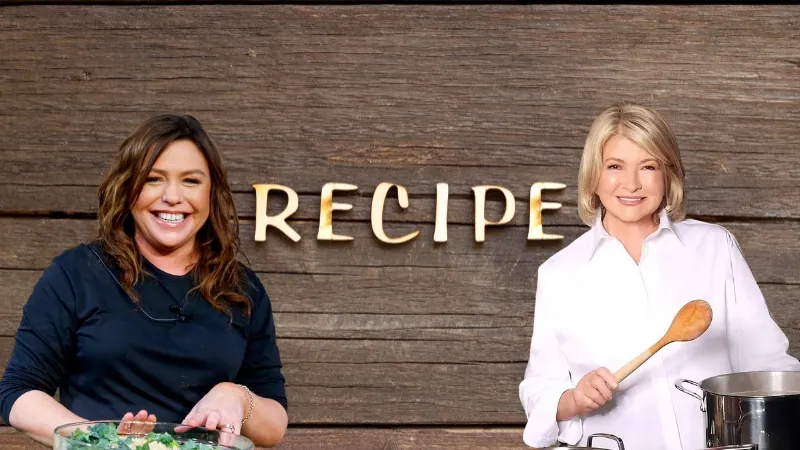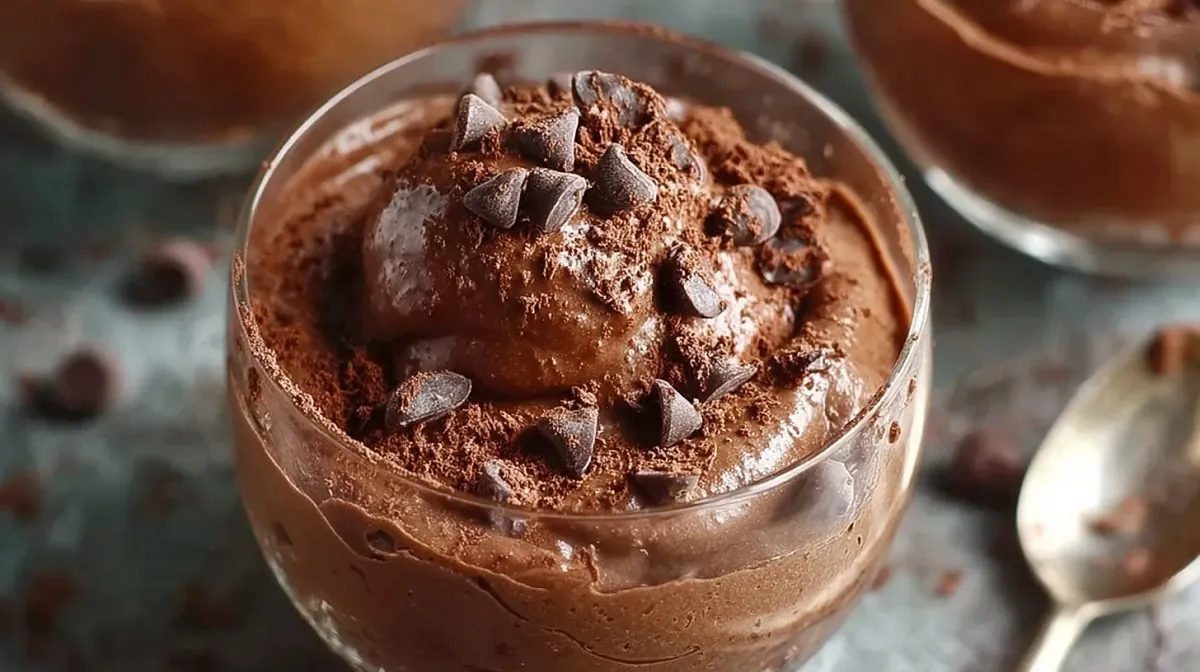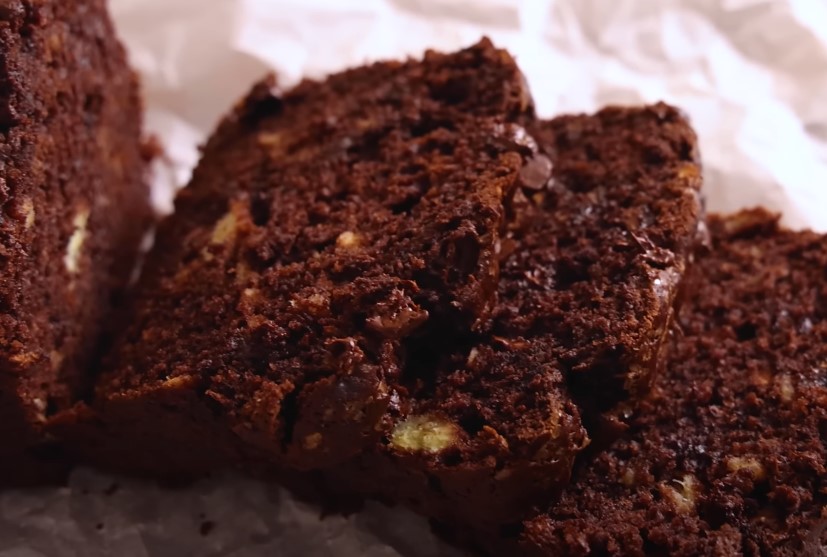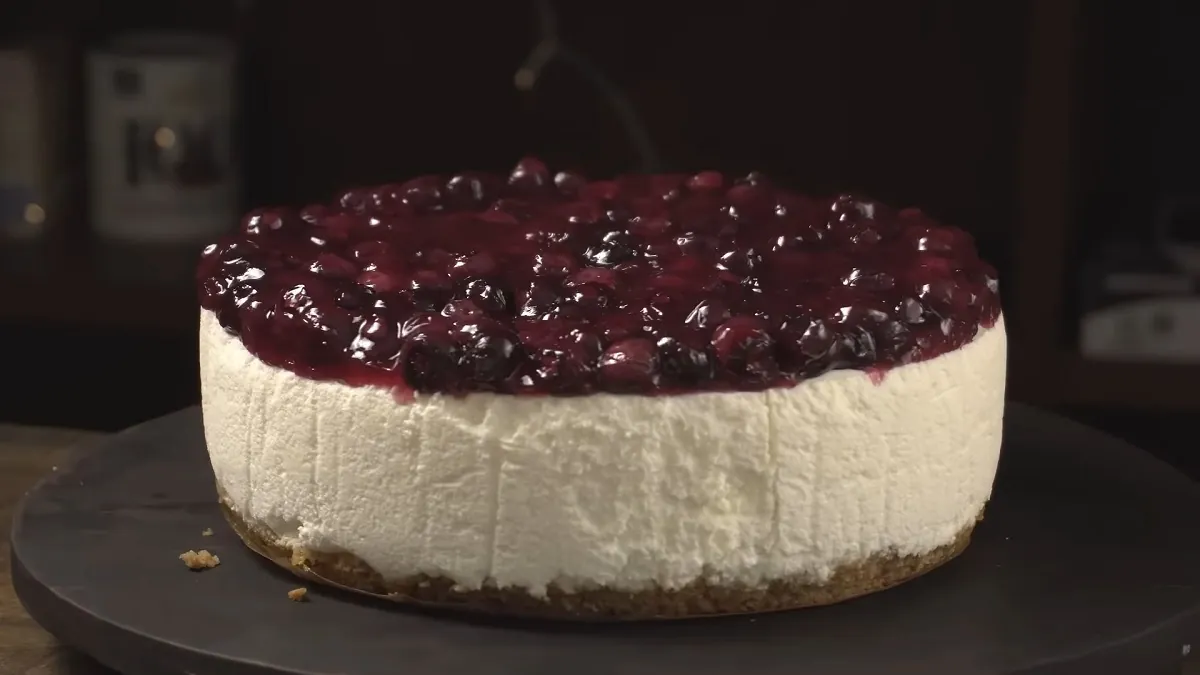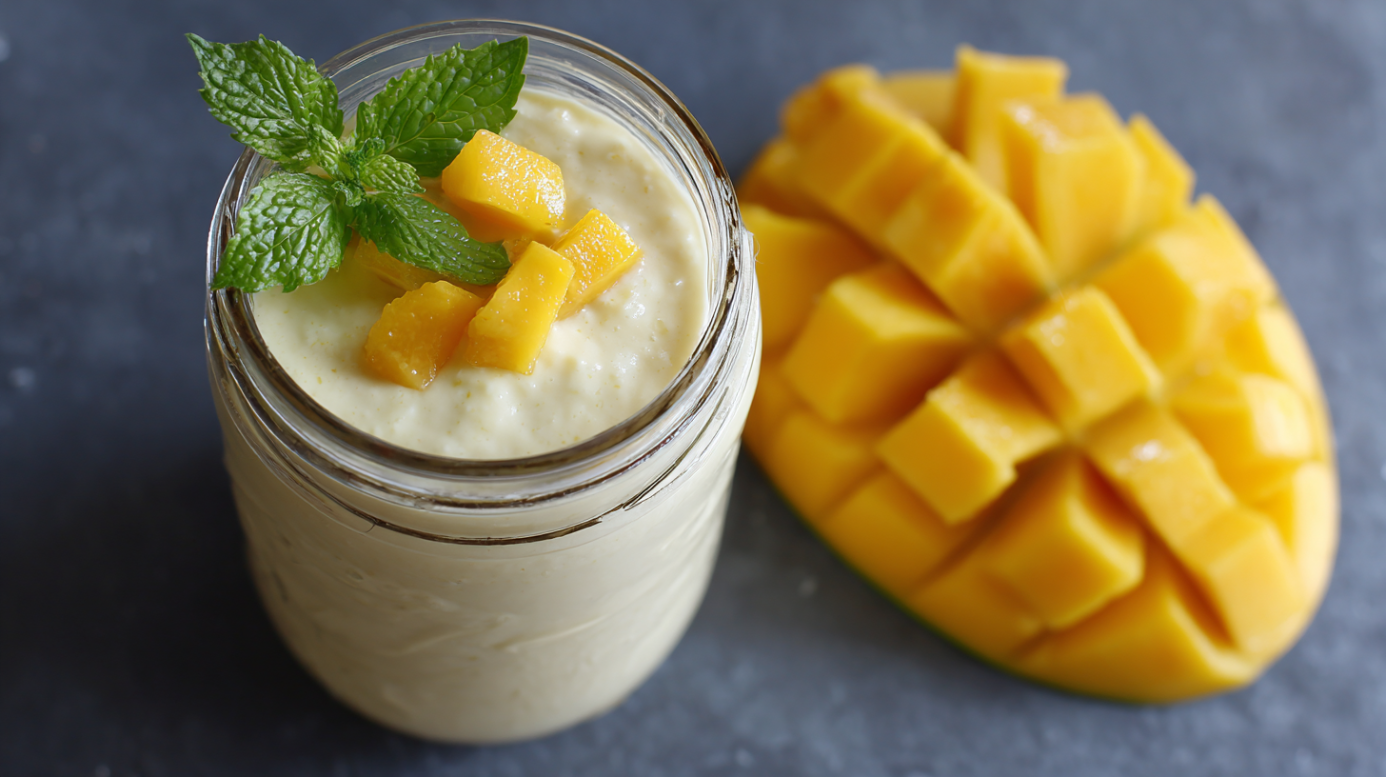Yogurt brings a quiet authority into any kitchen. It carries tradition, fermentation, and transformation in every spoonful. Across time and place, it served as more than nourishment.
In village homes, market stalls, and open-air courtyards, cooks reached for it when texture needed softening, when spice needed tempering, or when meats required a patient companion. Every part of its composition—lactic acid, creamy body, cultured tang—offers a unique gift to food.
In kitchens that respect process over speed, yogurt never waits on the sidelines. It steps forward in marinades with purpose, anchors sauces with stability, and turns into dips, spreads, glazes, and dressings that hold their own beside stews and roasts.
With the right touch of lemon, garlic, or coriander, it opens layers in a dish that no single ingredient could offer alone. The next chapters reveal that range—through marinades, sauces, and the countless roles yogurt continues to master.
Marinades: Gentle Power in Every Layer
Yogurt enters the marinade with intention, not aggression. Its texture welcomes seasoning. Its lactic base reshapes the way meat holds flavor.
Across centuries, cooks leaned on yogurt to carry garlic, citrus, herbs, and spices deeper into every fold of meat. It invites penetration without damage. That balance defines its power.
No other base gives both acid and fat in perfect measure. It smooths bitterness, rounds spice, and binds dry rubs into full-bodied pastes. The marinade becomes more than coating. It becomes a preparation. The meat does not collapse. It adapts. It becomes ready.
How Lactic Acid Reshapes Texture
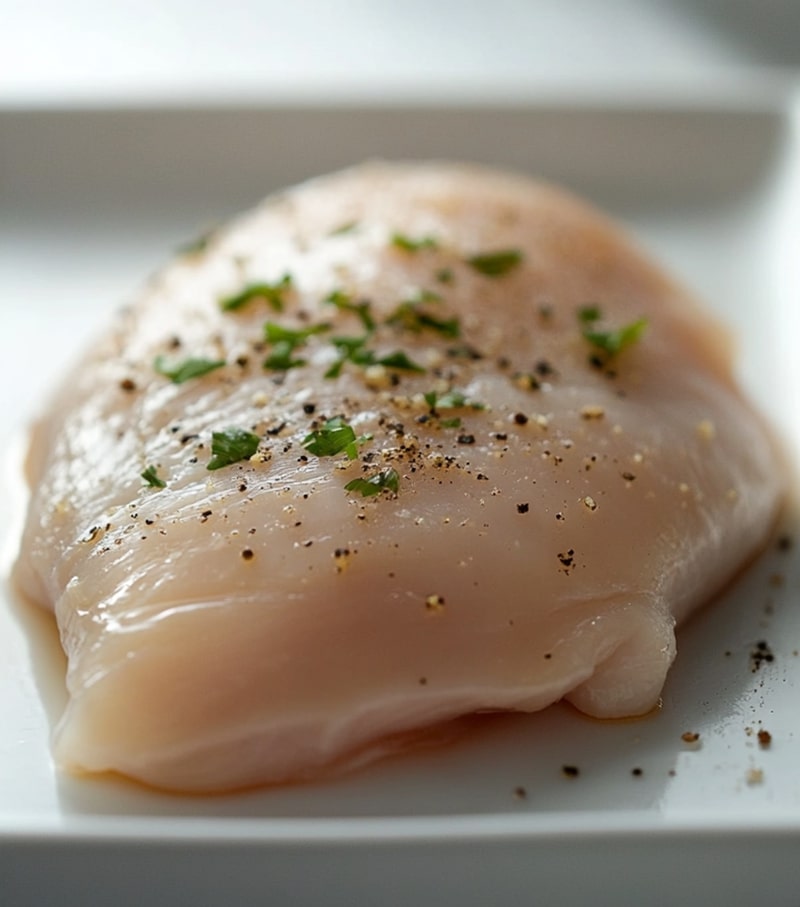
Lactic acid moves quietly through muscle fibers. Unlike vinegar or lemon, yogurt offers gentler breakdown with no overcorrection. It dissolves tension. It does not erase structure.
Chicken thighs absorb flavor. Lamb shoulder takes on color and aroma. Pork tenderloin becomes supple without losing grip.
That slow acid opens space inside the meat. Every hour the texture gains cohesion. The cut receives flavor without losing its own nature. That defines a successful marinade.
Meat, Poultry, and Seafood Choices
Yogurt works best with structure. Bone-in meats absorb and hold. Chicken, lamb, and pork lead the list. Firm tofu also responds with new density.
Portobello mushrooms develop depth and take spice more easily after contact.
Time, Temperature, and Balance
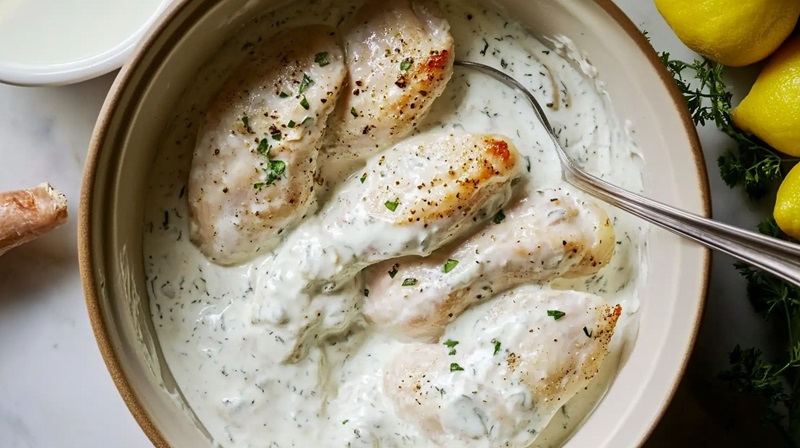
The clock matters. Chicken prefers 6 to 12 hours. Lamb can go longer. Pork responds well within 4 to 8 hours. Seafood should sit no more than 30 minutes.
Mushrooms hold best between 2 and 4 hours. Every ingredient finds its limit.
Refrigeration holds the structure. Yogurt marinades must never sit at room temperature. Cool rest creates even absorption.
Before cooking, meat must reach near-room temperature for even results. Cold meat hits the pan unevenly and loses surface performance.
Spice Pairings
- Garlic and cumin deepen and thicken the marinade.
- Coriander and chili flakes bring warmth and sharp notes.
- Fresh herbs like mint, dill, and parsley carry through yogurt better than through oil.
- Smoked paprika or turmeric adds color and aromatic edge without bitterness.
Regional Styles and Combinations
- Indian tandoori chicken uses yogurt, lemon juice, turmeric, ginger, and chili.
- Greek souvlaki includes oregano, garlic, and lemon zest in whole-milk yogurt.
- Middle Eastern kebabs pair with allspice, cinnamon, and pomegranate molasses.
- Persian lamb dishes include it mixed with saffron and crushed dried lime.
Sauces: Cream Without Excess
Yogurt changes the landscape of sauce. It offers body with no heaviness. Its cream lifts instead of sinking. In the world of sauces, it holds firm where oil breaks, where butter melts, and where cream oversaturates.
It creates cohesion in cold dishes. It preserves complexity in warm plates.
A good sauce brings sharpness, earth, and cool texture without burden. It lives beside grilled vegetables, rests under braised meats, and carries flatbreads to a new height. All without butter. All without starch.
Cold Sauces That Cool and Bind
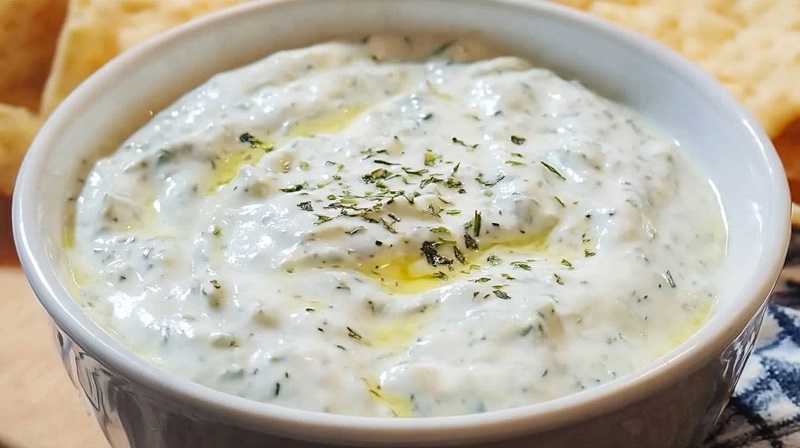
When paired with garlic, cucumber, lemon juice, and herbs, the sauce refreshes and contrasts heavier elements on the plate. These sauces hold a smooth edge and a clean finish.
They adapt easily to protein or vegetable dishes. A cucumber-yogurt blend finishes lamb with brightness. A mint-yogurt sauce calms spice in rice dishes or wraps.
- Tzatziki blends grated cucumber, garlic, dill, and lemon.
- Raita includes toasted cumin, fresh mint, and diced vegetables.
- Labneh sauces use strained yogurt and olive oil with za’atar or sumac.
Warm Sauces That Hold Together
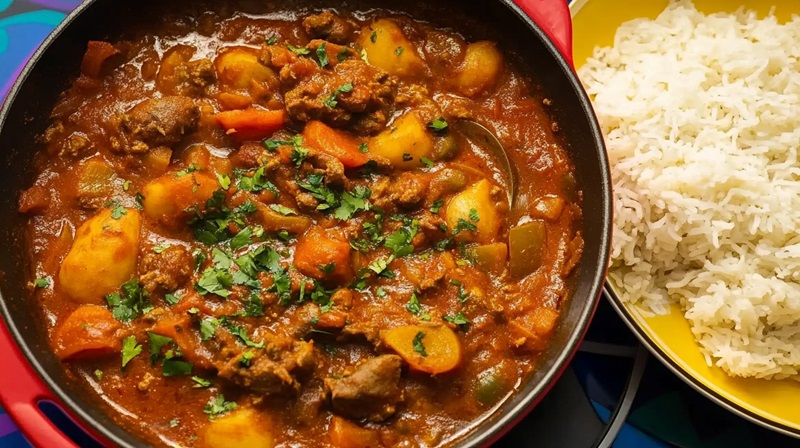
With the right touch, it thickens sauces without curdling. The technique demands care. Always temper the yogurt by mixing it with a warm element before it meets high heat. That step keeps the texture intact.
Warm sauces suit stews and braised meats. They finish dishes without separation. Use full-fat one for best results, and add slowly under medium-low heat.
- Turkish-style sauces blend with garlic and butter, then pour over vegetables.
- Persian stews mix it with dried herbs, crushed legumes, and low simmering meats.
Mediterranean Approaches with Olive Oil and Herbs
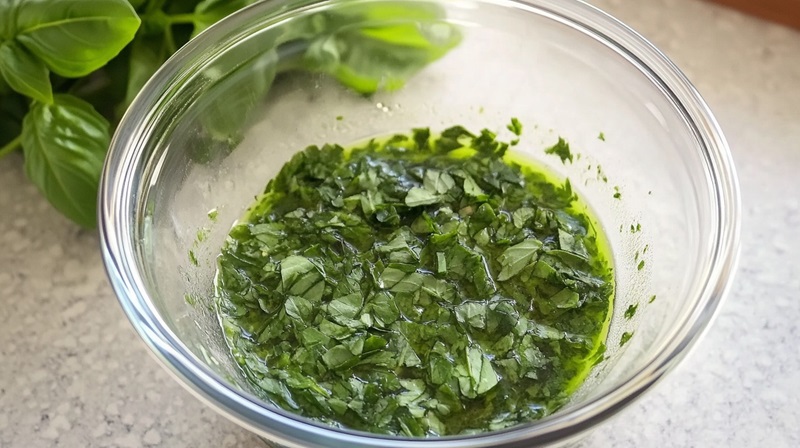
- Lemon zest and rosemary create a drizzle for roasted chicken.
- Basil and oregano blend well into grain-based salads.
- Capers and anchovy paste offer a salt-forward sauce to balance lamb or artichokes.
Indian, Persian, and Levant Recipes That Use Heat
- Kashmiri yogurt curries use fennel, ginger, and asafetida.
- Khoresh-e mast brings together lamb, saffron, and cooked yogurt in a sweet-savory mix.
- Yogurt tahini sauce joins sesame, garlic, and lemon in many Levant dishes for deep richness and balance.
Dips, Glazes, and Spreads
Yogurt never limits itself to one function. Beyond marinades and sauces, it lends structure and complexity to dips, glazes, and spreads. In each form, it carries flavor while grounding it.
The base remains cool, firm, and adaptable. Every variation serves a different need. Cold platters gain freshness. Roasted meats receive gloss. Grain-based dishes become complete.
Cooks favor yogurt for more than texture. It keeps flavors upright. Chili, lemon, garlic, honey—none of them sink when suspended in cultured milk.
That strength of composition gives spreads and dips a clean hold on the palate. Nothing drips. Nothing breaks. Yogurt unites ingredients and makes them last.
Layered Mezze
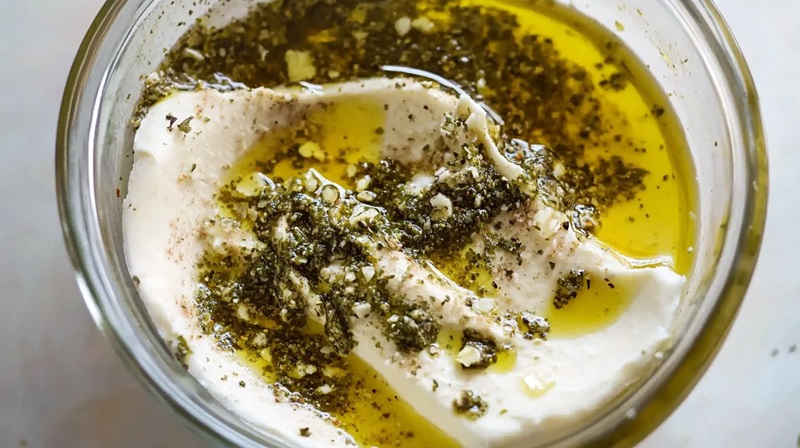
A mezze table earns its reputation through balance. Salted olives, roasted eggplant, flatbreads, and pickles all meet in contrast. Yogurt becomes the anchor. Thick, cool, and seasoned, it brings harmony without stealing attention.
- Labneh with Za’atar and Olive Oil: Spread strained yogurt into a bowl, swirl with extra virgin olive oil, and sprinkle za’atar. Serve with warm flatbread or grilled vegetables.
- Beet Dip: Roast and grate red beets, fold into Greek yogurt with lemon juice and fresh dill. The result carries both earth and brightness.
- Smoked Eggplant Spread: Mix roasted eggplant with garlic and thick yogurt. Add pomegranate molasses for acidity and finish with chopped parsley.
These spreads require no heating. They hold firm in texture and deliver contrast with roasted or charred meats. Every dip on the table must pull weight. Yogurt guarantees that weight with grace.
Honey, Citrus, and the Sweet Side of Savory
Yogurt absorbs sharp and sweet equally. In glaze form, it carries honey, citrus, or fruit preserves without becoming sticky. Brushed across grilled carrots, eggplant, or chicken wings, a yogurt glaze seals moisture and locks flavor in place.
- Citrus Glaze for Roasted Carrots: Mix yogurt with orange juice, lemon zest, and a touch of ginger. Spoon over roasted carrots in the final five minutes of baking.
- Honey-Mustard Glaze for Chicken: Blend Dijon mustard, acacia honey, and yogurt into a thick coat. Bake or grill slowly, letting the glaze form a lacquered finish.
The glaze delivers more than shine. It softens the edges of stronger flavors and pulls sweetness into the dish with balance. Yogurt prevents over-caramelization and holds everything together until the last bite.
Everyday Spreads for Grains and Roasts
- Garlic with Rice or Lentils: Mash garlic with salt, mix with full-fat yogurt, and serve beside lentils or warm pilaf. It anchors the plate without smothering.
- Spiced with Lamb Shoulder: Combine cumin, paprika, and chopped mint in yogurt. Use as a resting bed for grilled lamb cuts. The warmth of the meat activates the yogurt’s aromatics.
- Yogurt with Barley and Roasted Squash: Add lemon juice, ground coriander, and fresh thyme to yogurt. Spoon generously over barley dishes for richness and lift.
With Vegetables and Legumes
Vegetables need grounding. Legumes need shine. Yogurt gives both. Cauliflower, chickpeas, lentils, carrots, and squash all take well to a final spoon of yogurt—mixed or plain.
- Chickpea Salad with Dressing: Stir together tahini, yogurt, lemon juice, and cumin. Toss with cooked chickpeas, red onion, and parsley.
- Grilled Zucchini with Mint: Layer thin zucchini slices on a platter, drizzle with mint yogurt, and finish with toasted pine nuts.
Cooking Temperatures and Stability
Yogurt responds to heat with sensitivity. Unlike butter or cream, it does not melt or reduce in a uniform line. It shifts. Its proteins tighten. Its texture demands attention. Each stage of heating asks for timing, layering, and control.
Those who work with yogurt learn to read the signs before stirring too soon or applying too much heat.
In sauces, marinades, and warm finishes, yogurt rewards patience. A hurried flame splits it. A tempered blend strengthens it.
Every transformation depends on the temperature curve and the way ingredients meet that curve. It must enter the heat gently. That law holds in every kitchen.
How Heat Affects Texture and Flavor
It carries natural proteins and cultured bacteria. Both respond to heat. At low temperatures, yogurt thickens. At moderate levels, it may hold steady. Under direct or high heat, it curdles. That shift in structure alters the dish.
Full-fat handles warmth better. Its higher fat content acts as a buffer. It resists separation. Low-fat or nonfat yogurt breaks more easily under the same conditions. Plain stirred yogurt behaves differently than Greek yogurt or strained labneh. Each form carries its own threshold.
Curdling often results not from temperature alone, but from sudden exposure. When yogurt meets boiling stock or hits a hot pan directly, the proteins seize. That action releases whey. The sauce loses cohesion. The mouthfeel changes entirely.
Stirred, Baked, or Finished at the End
- Stirred sauces require a slow introduction to warmth. Combine yogurt with a small portion of the hot liquid first. Mix gently, then add back to the main pot.
- Baked dishes succeed when yogurt is bound with egg or starch. That stabilizes the mixture and prevents splitting during oven heat.
- Finishing sauces or drizzles carry the most clarity. Yogurt added at the end keeps its brightness. It settles over grilled meat or roasted vegetables with texture intact.
Techniques to Maintain Structure
- Use tempering to bring it closer to the heat level before adding it fully.
- Combine with flour or cornstarch to reinforce its body during simmering.
- Apply low heat and avoid boiling to preserve smoothness and mouthfeel.
- Select full-fat varieties for higher heat use due to stronger fat-to-protein ratio.
- Add yogurt at the end of cooking when brightness and creaminess are more valuable than deep fusion.
Common Dishes Requiring Temperature Awareness
- Persian Stews (Khoresht Mast): Slow blending with herbs and preheated yogurt base.
- Greek Egg-Lemon Sauces (Avgolemono): Tempered additions of yogurt into warm broth with constant stirring.
- Levant Soups (Shakriya): Lamb simmered slowly, with yogurt layered late for integrity.
Tips for Choosing the Right Yogurt
Choosing the correct yogurt shapes the final result. Texture, fat content, and processing method all guide how it behaves in the pan or on the plate. Each recipe demands its own type.
Fat Content and Function
- Full-fat brings richness and holds under heat. Use it for sauces, marinades, and glazes.
- Low-fat delivers brightness in cold dips and dressings.
- Nonfat works in raw dishes but breaks quickly when heated.
Cultured or Plain
- Cultured builds flavor over time. Best for marinades and dips.
- Plain suits quick sauces or toppings where clarity matters.
Homemade or Store-Bought
- Homemade offers control in taste and texture.
- Store-bought guarantees consistency. Choose versions with no thickeners or additives.
The Bottom Line
Yogurt stands as one of the most adaptable tools in any kitchen. It works through tenderness, not force. It holds flavor without losing structure. Across marinades, sauces, glazes, dips, and spreads, yogurt delivers balance. Each form reveals a new strength.
Every use depends on choice. Fat level, texture, temperature, and timing all shape the outcome. Whether spooned raw into a dressing or folded into a slow-cooked stew, yogurt carries flavor with calm precision. Its quiet power rests in the details.




